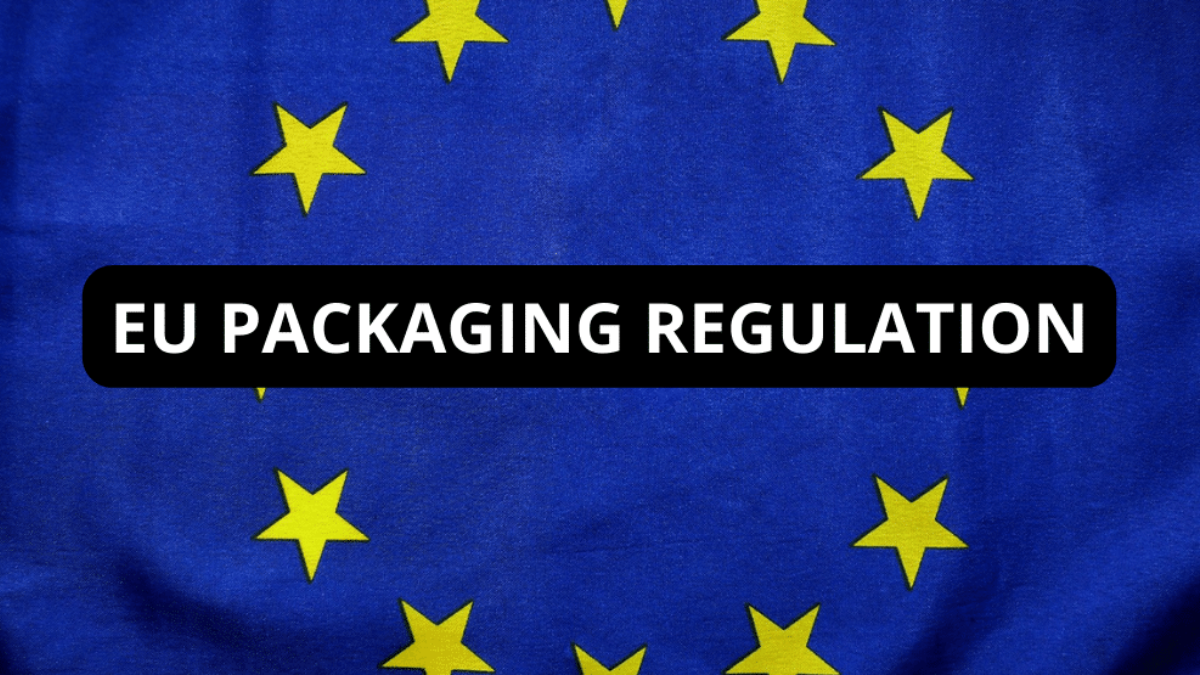
There are more waste reduction initiatives now than ever around the world. Have you heard of the European Union’s recently proposed Packaging and Packaging Waste Regulation (PPWR)? Perhaps you even have some knowledge about it. However, you may be wondering what it implies for the environment, your customers, and your business. Continue reading to find out more.
Table of Contents
Ppwr, in a nutshell
The purpose of the PPWR from the European Union is to lessen packaging pollution and promote a packaging circular economy. This law has been around since 1997, but it is updated frequently with new instructions to make sure that more producers are responsible for the costs associated with recycling garbage.
The Packaging Waste Regulations aim to hold firms accountable for the environmental effects of the packaging they supply. This is by making them pay for the costs associated with collecting and disposing of this packaging.
Additionally, it supports appropriate consumer disposal and recycling through improved and more lucid labeling, as well as the lightweighting of packaging. Eco-modulated EPR schemes also provide incentives for packaging that is more environmentally friendly by reducing fees based on recyclability.
Which rules apply to the use of post-consumer recycled (PCR) materials?
According to the present draft, PCR use in plastic packaging will be required starting in 2030. And starting in 2040, those goals will rise once more. The main goal is to achieve the following by 2030:
- 10% PCR in in-contact sensitive packaging
- 35% PCR in non-contact sensitive packaging
Then achieve the following by 2040:
- 25% PCR in in-contact sensitive packaging
- 65% PCR in non-contact sensitive packaging
However, there are some exceptions, for example, packaging used in healthcare. The main point is that, starting in 2030, every plastic packaging unit must include a minimum amount of PCR plastic.
Packaging suppliers now have an additional level of complexity to take into account, particularly for businesses requiring food-contact packaging. This typically calls for PCR obtained through chemical recycling.
What is the schedule for this changeover?
With a few exclusions, all packaging on the EU market would have to be recyclable (i.e., recycle-ready) by 2030 if the proposed legislation is enacted. The exceptions include packaging used in healthcare facilities and for infant and baby nutrition. Additionally, a recyclability rating system will be implemented.
Then, by 2035, you’ll have to show that your packaging is recycled on a large scale. This calls for the establishment of the necessary recycling infrastructure. But as early as 2025, mandatory eco-modulated EPR costs in all EU member states will provide a financial incentive for packaging that is ready for recycling.
Furthermore, several nations currently charge less for recyclable materials. This implies that if companies move to recycle-ready systems today, they could save on EPR expenses.
The PPWR procedure is currently in progress in terms of timeframe. There is currently a draft agreement, and by the end of 2024, it might very well become a law. Thus, the PPWR might be implemented beginning in 2025.
Conclusion
In the future, brands will need to include more post-consumer recycled (PCR) material in their plastic packaging. Furthermore, all packaging must be recyclable both in theory and in actual use. As a result, we can expect a boom in various recycling technologies and PCR solutions for a broad variety of applications in the upcoming years.